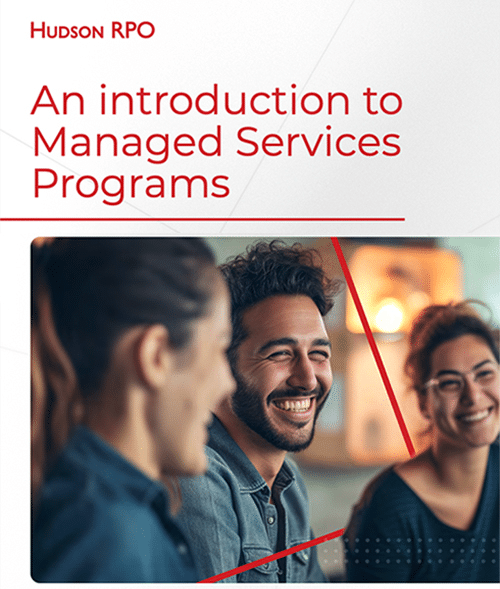Tampa, Fla, Oct. 28, 2024 – Hudson RPO today announced that Christian Scandella is joining Hudson RPO as Head of the Latin American RPO business. In this role, Scandella will spearhead efforts to increase the firm’s presence and stature throughout the region and will be responsible for overseeing the firm’s talent acquisition efforts there.
Scandella has nearly 20 years of recruitment industry experience, with South American, Latin American and global responsibilities.
Most recently, he served as Senior Vice President – Latin America at Cielo, where he led the launch, execution and operation of expansion into the region.
Previously, Scandella was a Global Talent Executive at IBM, where he created, set up and managed the growth of international delivery centers in Malaysia, Bangalore and Krakow. He also served as IBM’s Workforce Director for Latin America.
He also held leadership roles at Kenexa (acquired by IBM) and was founder of Sixto Recruiting in Buenos Aires, which was acquired by Kenexa.
“Latin America is a very important expansion and growth area for the firm, and we are confident that Christian is the right person to lead our RPO efforts there,” said Hudson RPO CEO Jake Zabkowicz. “He is a strategic leader who is adept at driving expansion, transformation and growth. His proven expertise in leading talent initiatives across industries will no doubt bring successful outcomes for our clients.”
He earned a Licenciado y Profesor En Historia from the University of Buenos Aires and has an IBM Management Solutions Certification. Scandella lives in Miami.
About Hudson RPO
Hudson RPO is a leading global provider of flexible and scalable recruitment solutions. We service all levels of client organizations, from entry-level to the C-suite, focusing on mid-market and enterprise-level organizations worldwide. Taking a consultative and collaborative approach, we partner with talent acquisition, HR, and procurement leaders to build diverse, high-impact teams and drive business success. Learn more at hudsonrpo.com.
Media Contact
Tracy Kurschner
Global Communications Manager, Hudson RPO
[email protected]
612.309.3957






